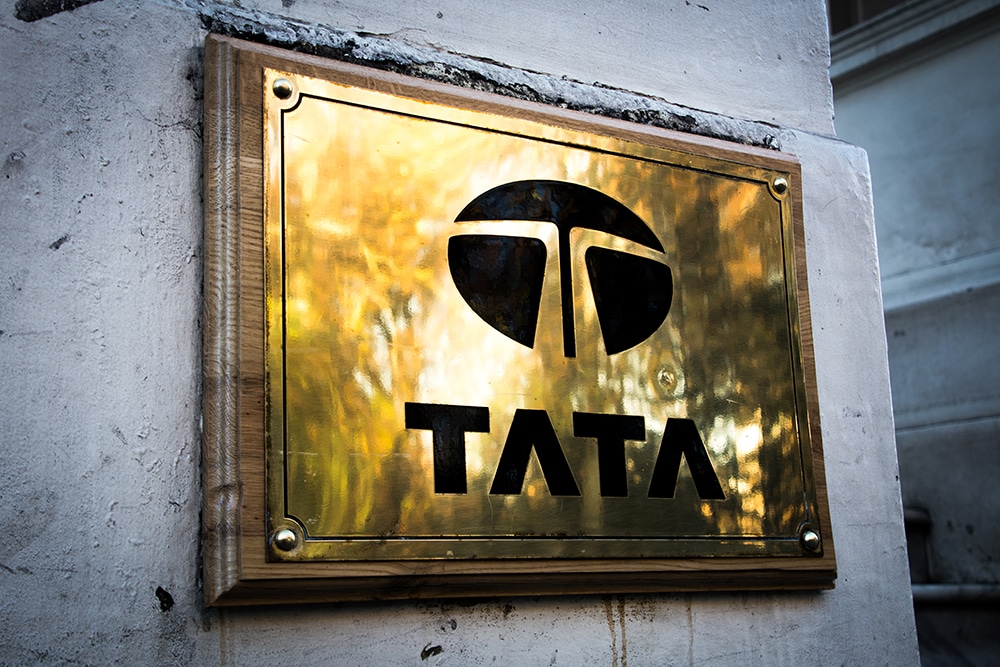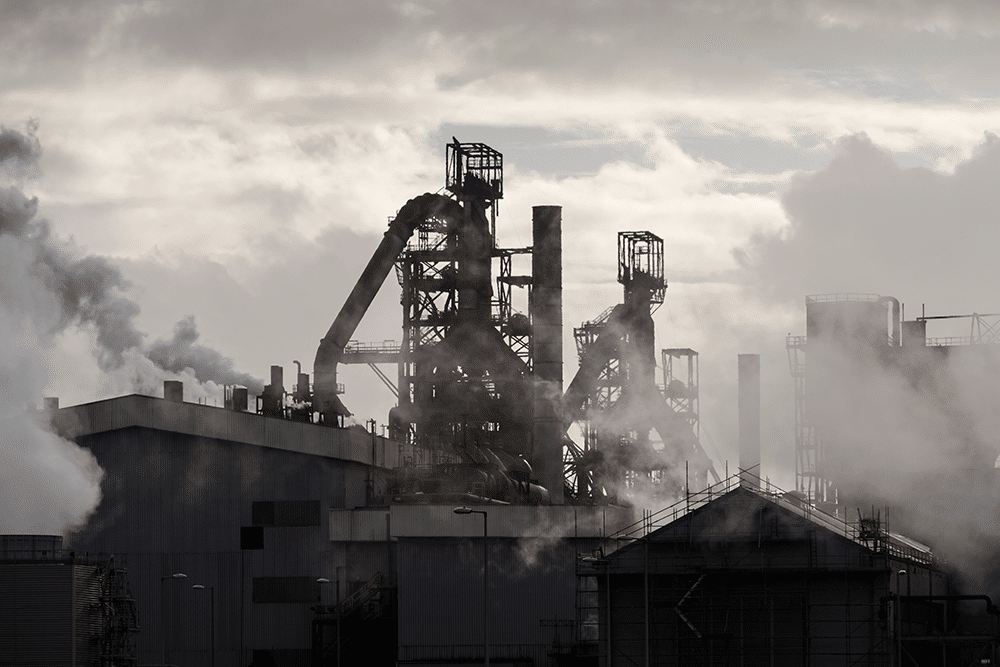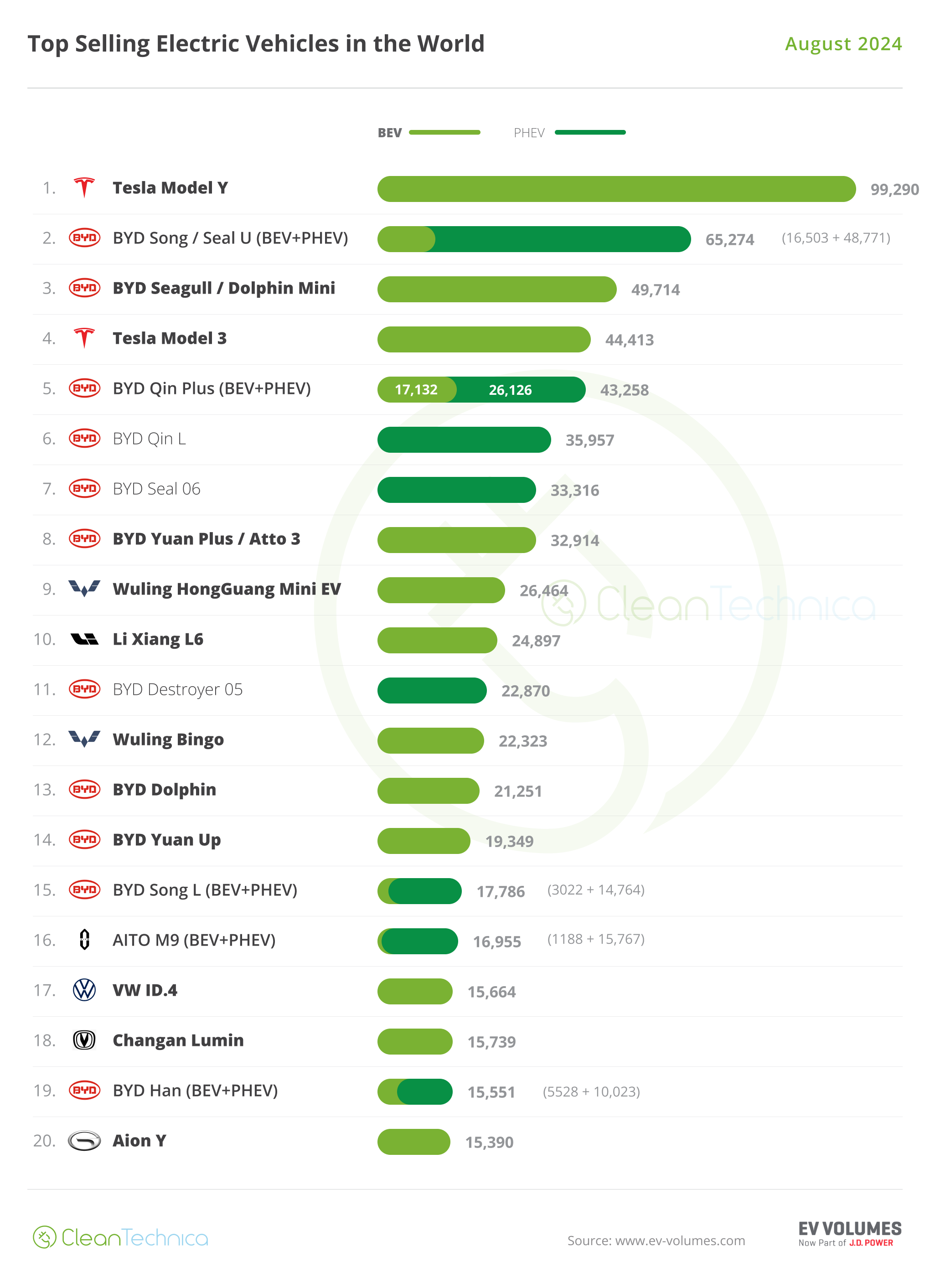British Steel recently secured permission from the local authorities to build an electric arc furnace at its Scunthorpe site in Lincolnshire. In an April 30 announcement to steel news outlets, the London-headquartered company stated that the North Lincolnshire council approved its application to build a new EAF at Scunthorpe following a consultation.
Officials at British Steel did not indicate a timeline for the new EAF to come on stream. However, a spokesman told MetalMiner that the furnace will have a capacity of 130 metric tons for each charge. “Significant preparation works, including environmental and technical studies, and equipment selection, are underway,” the spokesman added in an e-mail.

Scunthorpe currently has four blast furnaces for steel manufacturing: Mary, Bess, Anne, and Victoria. These can produce up to 4.7 million metric tons per year of pig iron. The site can also produce 4.5 million tons of crude steel annually via three 330-metric ton basic oxygen furnaces, which it casts billets and slabs for rolling. Meanwhile, rolling mills on site can produce wire rod, sections, and heavy plates.
MetalMiner’s weekly newsletter provides updates on steel news, price shifts, and market trends, as well as other crucial commodity information to help your organization. Sign up here.
UK Steel News Reports Additional Steel Manufacturing Moves
On April 2, British Steel announced that it also received permission from local authorities to build an EAF at its Teesside site in northeastern England. The planned EAFs are part of a £1.25 billion ($1.56 billion) decarbonization plant that British Steel announced in November, which would see the company replace its blast furnaces with the newer, more environmentally-friendly technology.

Talks are also continuing with the UK government on funding for the project, the spokesman told MetalMiner. Meanwhile, the Welsh First Minister, Vaughan Gething, was due to depart for India in early May. Gething hoped to reach out to Tata Steel officials and make the case for not blowing down the blast furnaces at the Port Talbot. Tata announced its plans to replace those furnaces as well as their basic oxygen furnaces with electric arc furnace technology in January of 2024
Tata’s Modernization Plan to Cut 40% at Port Talbot
The new equipment would cut crude steel production capacity at the integrated flats producer by 40% to 3 million metric tons per year from its current nameplate capacity of 5 million metric tons. About 2,800 jobs face redundancy at Port Talbot and at the Llanwern cold rolling plant as a result of the new hot end.
In April, unions associated with Port Talbot voted to strike over Tata’s plans and the Indian group’s rejection of their proposal to keep one blast furnace on stream while the EAF remained under construction.
Do you use cost breakdowns in your steel negotiations? See other tips in negotiating with mills and service centers.



